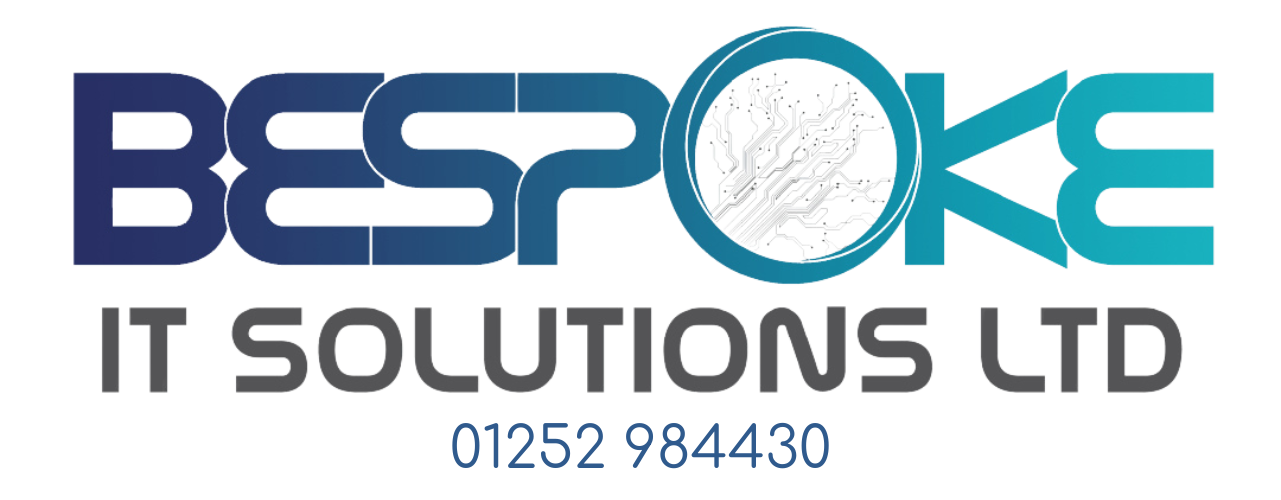Picture this: You’re on an important video call with a client, confidently presenting your latest project updates.
Suddenly, a notification pops up on your screen from your significant other, reminding you (not so discreetly) about the damage your child did during their temper tantrum this morning. Or worse, a message from your gym reminding you of your long absence.
Embarrassing, right?
We all know the struggle of trying to maintain professionalism during video calls while secretly battling the fear of embarrassing pop-ups stealing the show. But Microsoft is on it. They’re reportedly working on a much-needed feature that could save us all from these cringeworthy moments.
Imagine being able to hide specific apps entirely while you’re on a Teams call. No more worrying about intrusive notifications stealing your thunder. This means you can say goodbye to awkward interruptions from messaging apps, or reminders that you’d rather keep private.
How does it work? According to reports, Microsoft’s new feature won’t just minimise apps to the taskbar like the current workaround. Instead, it’ll completely hide them from sight, sparing you from any unexpected surprises (and blushes).
And the best part? It’s not just about saving face. This feature could also help boost your device’s performance. By keeping those apps in the background, you free up valuable computing power and resources.
If you’ve ever found yourself frantically closing apps and browser windows to ensure a smooth video stream, this could be the end of that struggle. With the new feature, you can focus on what truly matters during your calls without worrying about technical hiccups or embarrassing distractions.
While we’re excited about the potential of this new feature, we’ll have to wait and see if it becomes a reality. We’ll be keeping a close eye on the official Microsoft 365 roadmap for any updates and will keep you informed.
In the meantime, if we can help make your business’s video calls run more smoothly, get in touch.
01252 984430 salesteam@bespokeitsolutions.com



